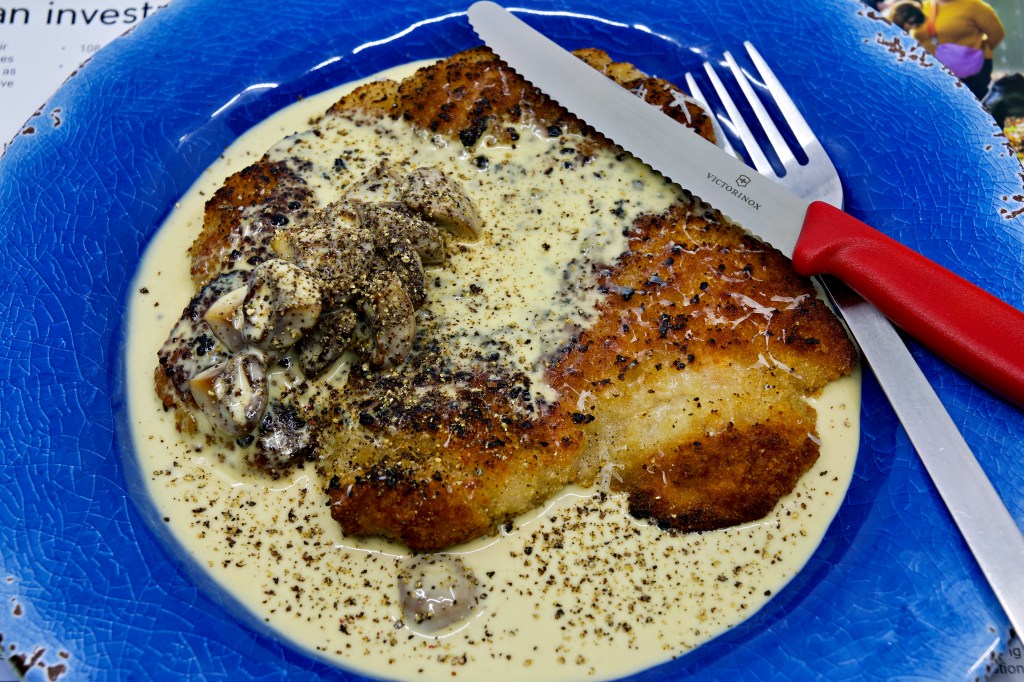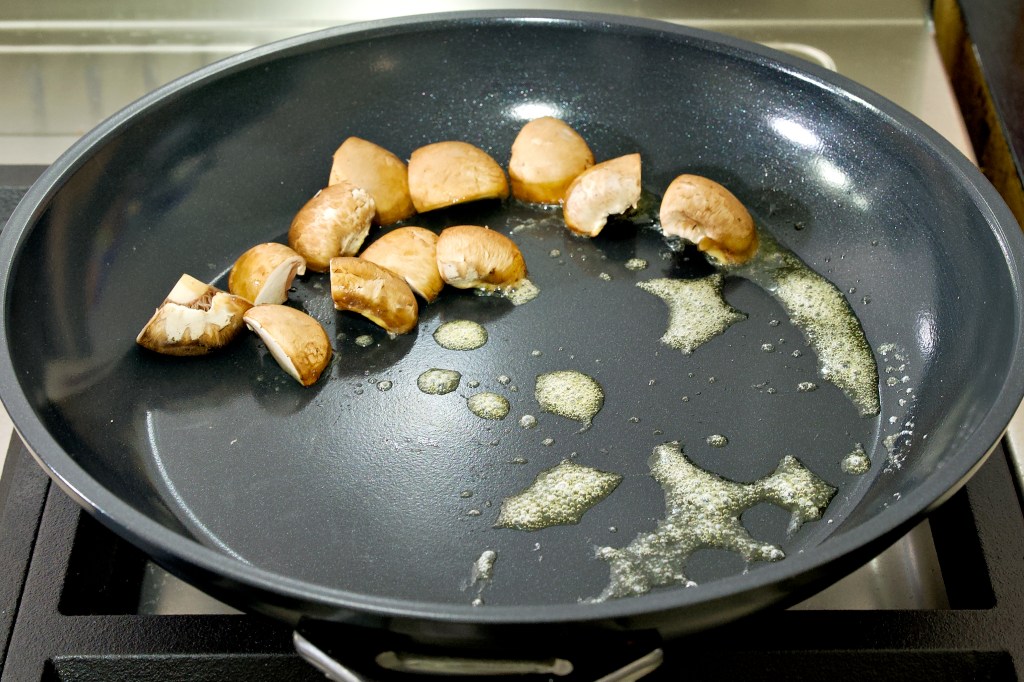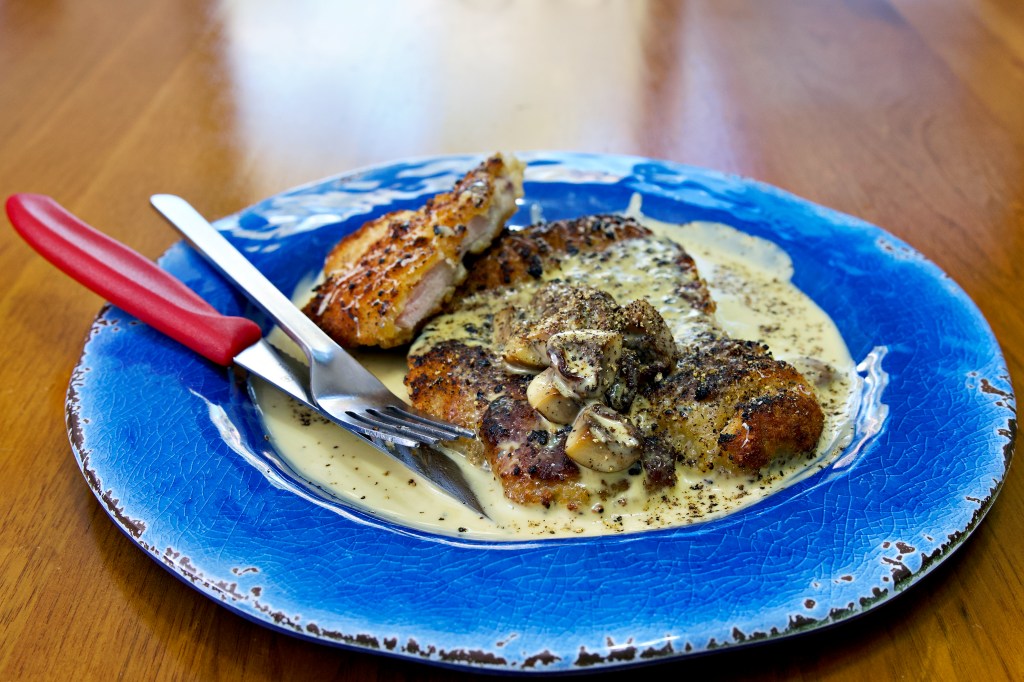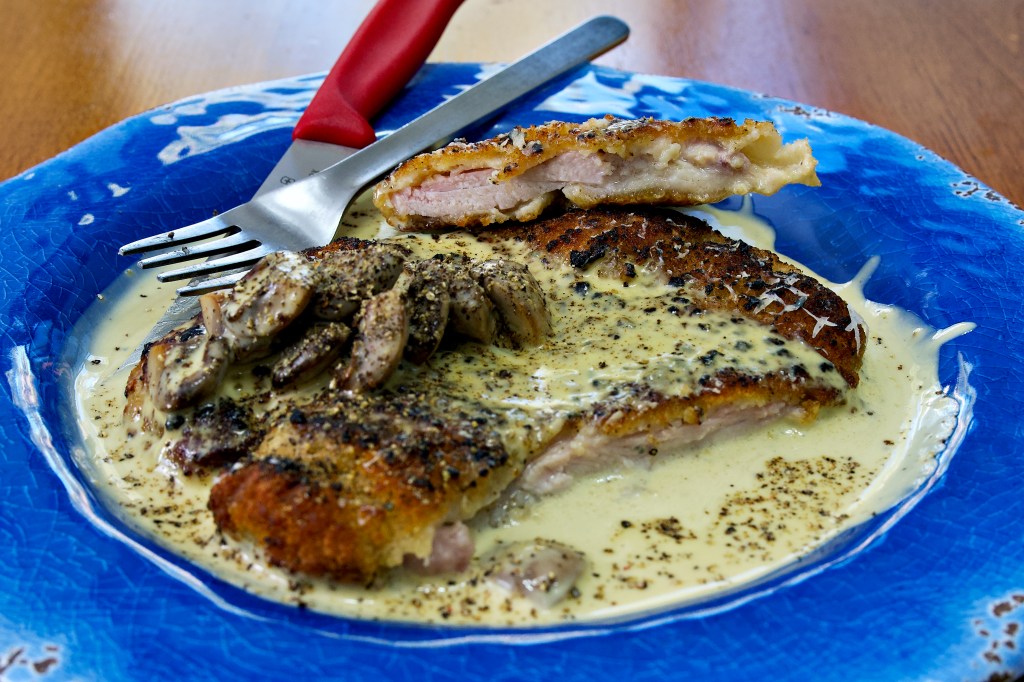Today began with strange dreams. I know I tossed and turned a lot. My dreams involved family members in unusual predicaments. Friends’ faces appeared randomly. There were no clear actions in the dreams.
This morning, I went for a walk along the beach and enjoyed the early sunrise. I expect to continue relishing this until October, when daylight saving time begins, which may affect my mood. Many people prefer walking later in the day. Daylight saving times makes this choice easier. I treasure walking in early morning light and sunshine.
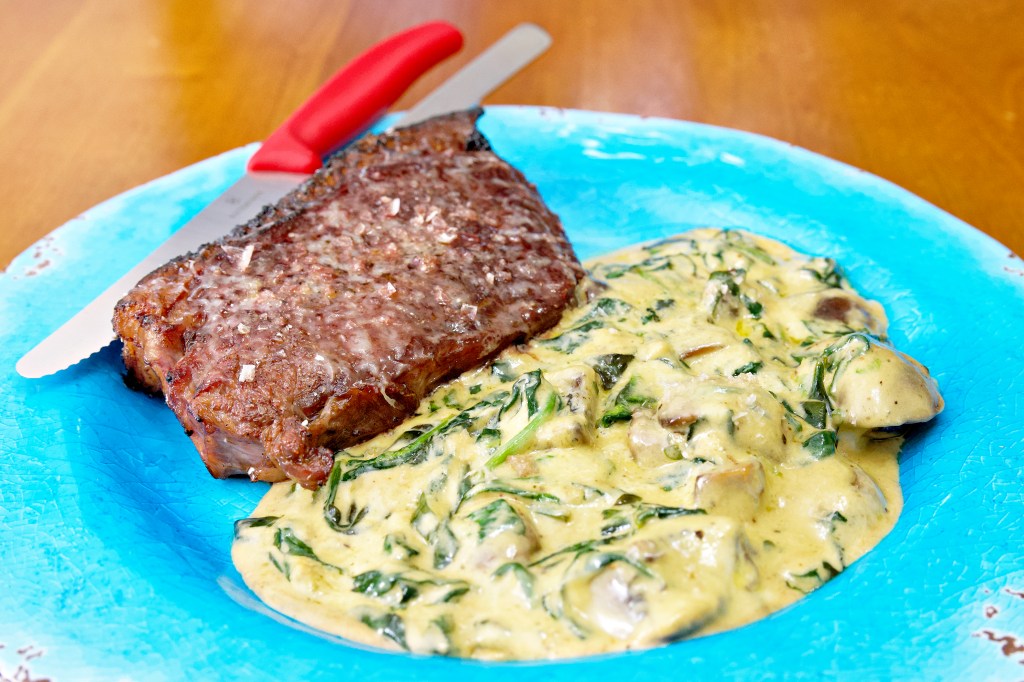
Recipe
Ingredients
- Butter
- Spinach leaves
- Swiss brown mushrooms
- Cream cheese (softened)
- Cream
- Blue vein cheese
- Salt
- Freshly ground black pepper
Method
- Roughly cut some Swiss brown mushrooms.
- Place a frypan over medium heat. Add the butter and allow it to melt (but not brown).
- Sauté the mushrooms.
- Increase the heat to medium–high and add the spinach in batches, stirring each handful until just wilted before adding more.
- Once all the spinach is wilted, reduce the heat to medium. Stir through the cream cheese and heavy cream until the mixture is smooth and glossy.
- Crumble in the blue vein cheese. Remember to stir constantly. Continue to cook for 2–3 minutes. Cook until the sauce thickens enough to coat the back of a spoon.
- Season with salt and pepper.
Make ahead and “safe” storage.
- This dish can be prepared up to a day in advance.
- Cool completely, cover and refrigerate.
- To reheat, gently warm in a saucepan over low heat. Add a splash of cream if the sauce has thickened too much.
- Enjoy with steak, roast chicken or simply on its own for a luscious side.
Photographs
This is a gallery of photographs. Select one and scroll through the rest of the images.
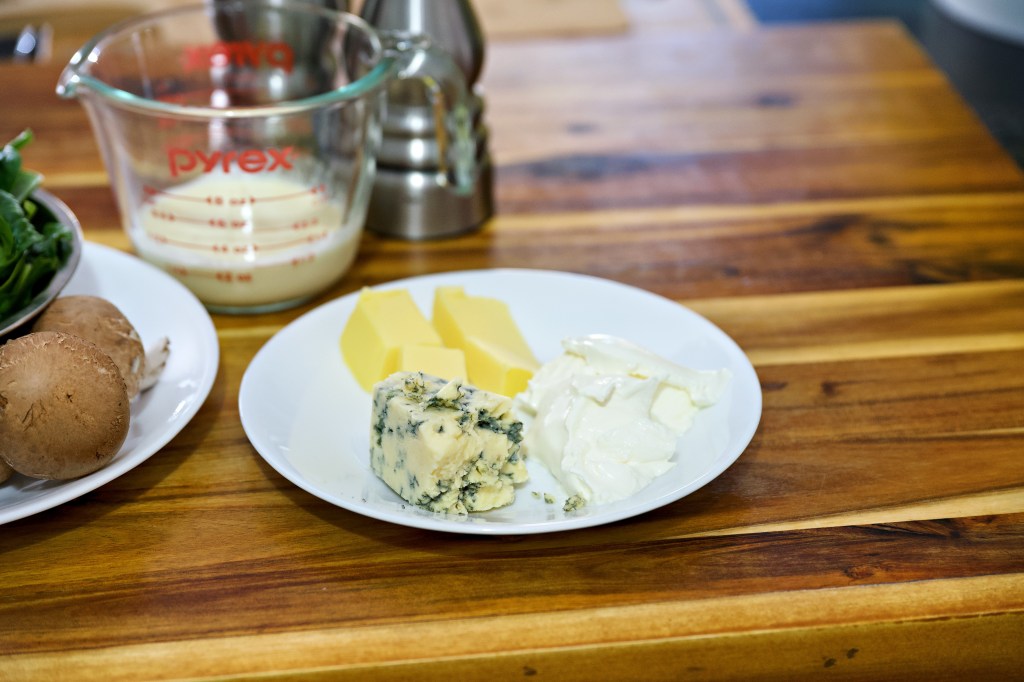
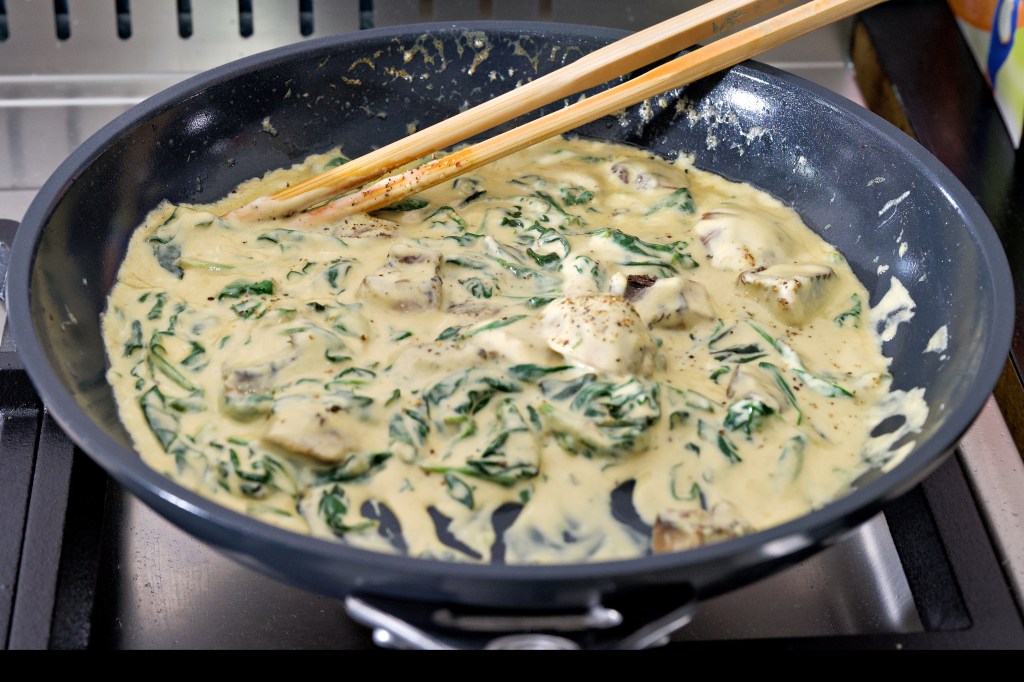

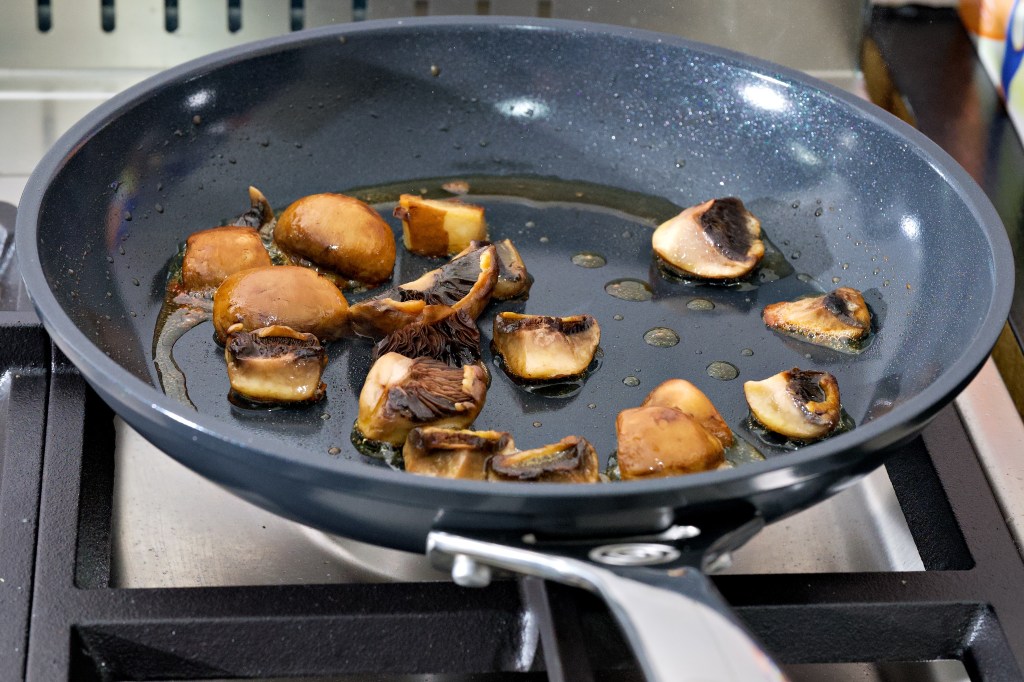



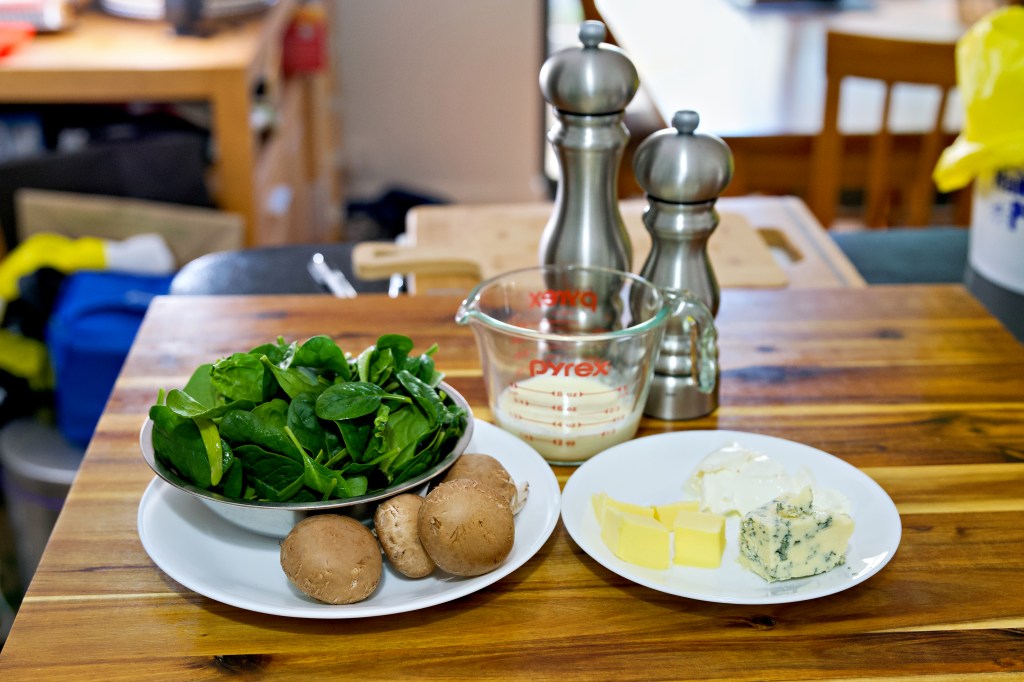

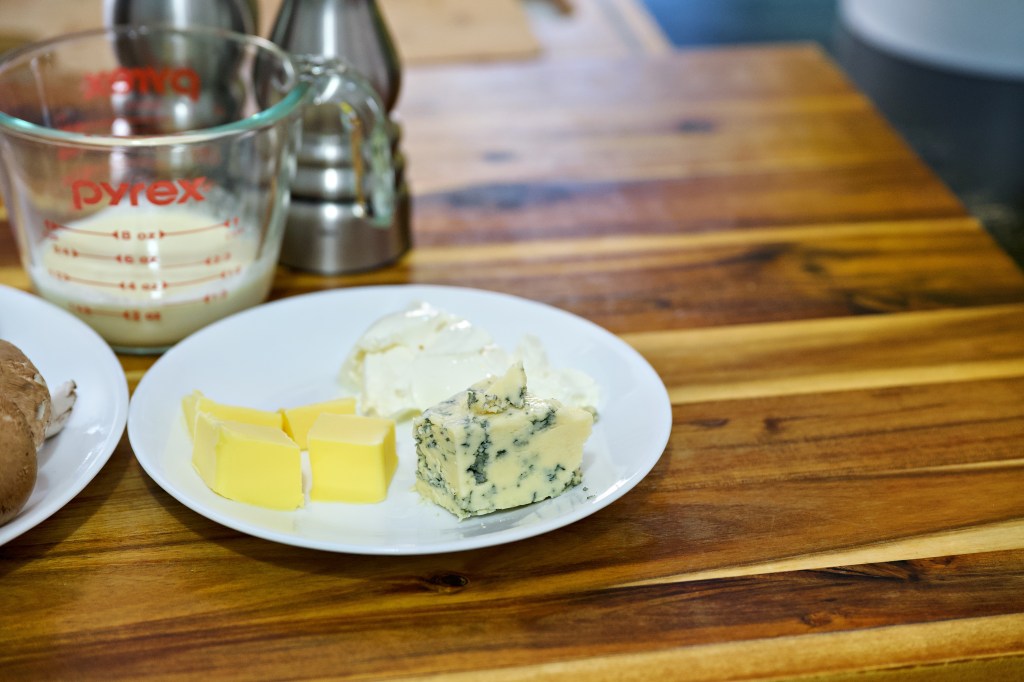
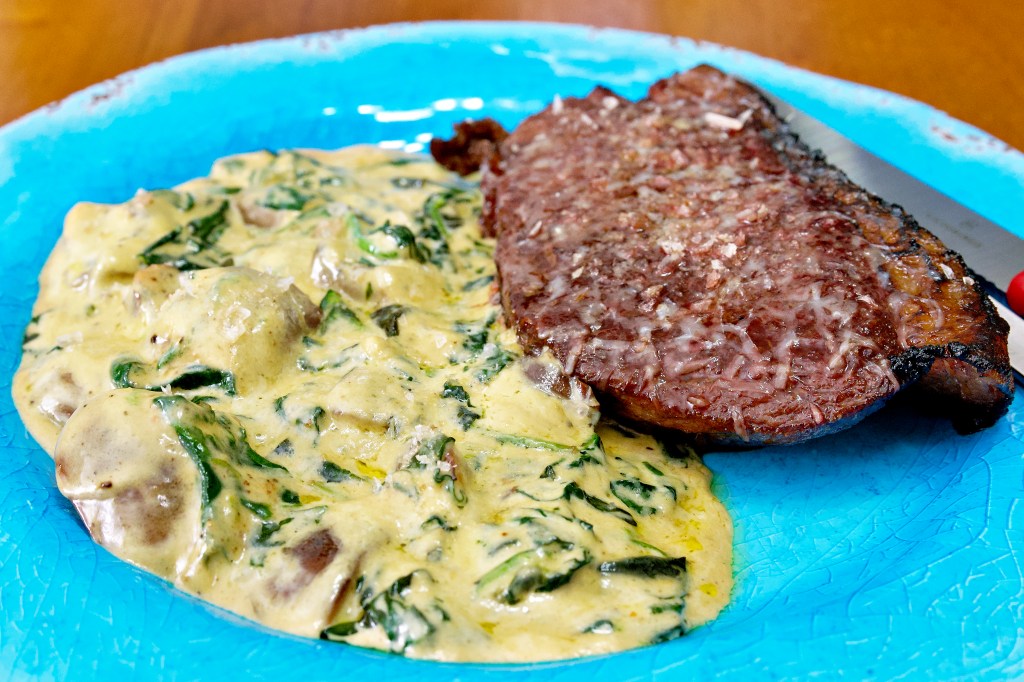
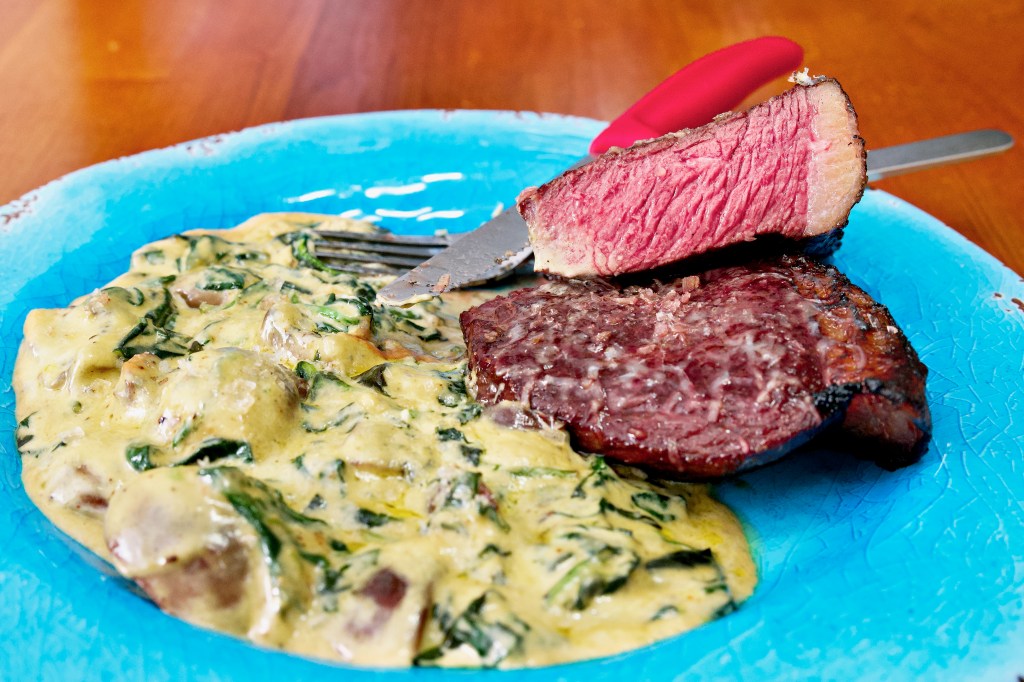
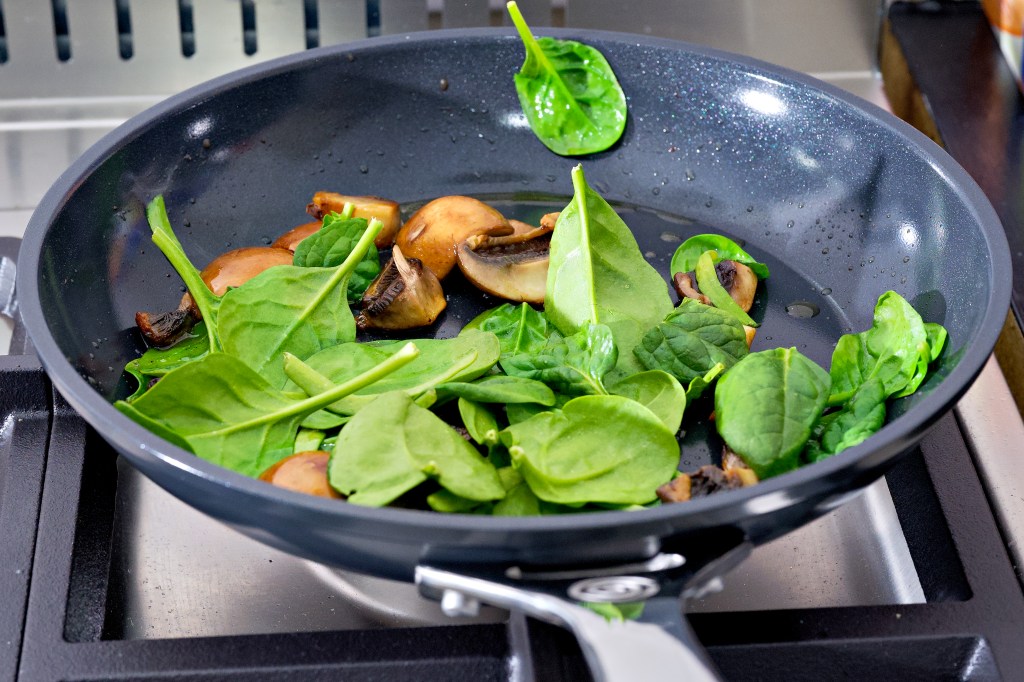
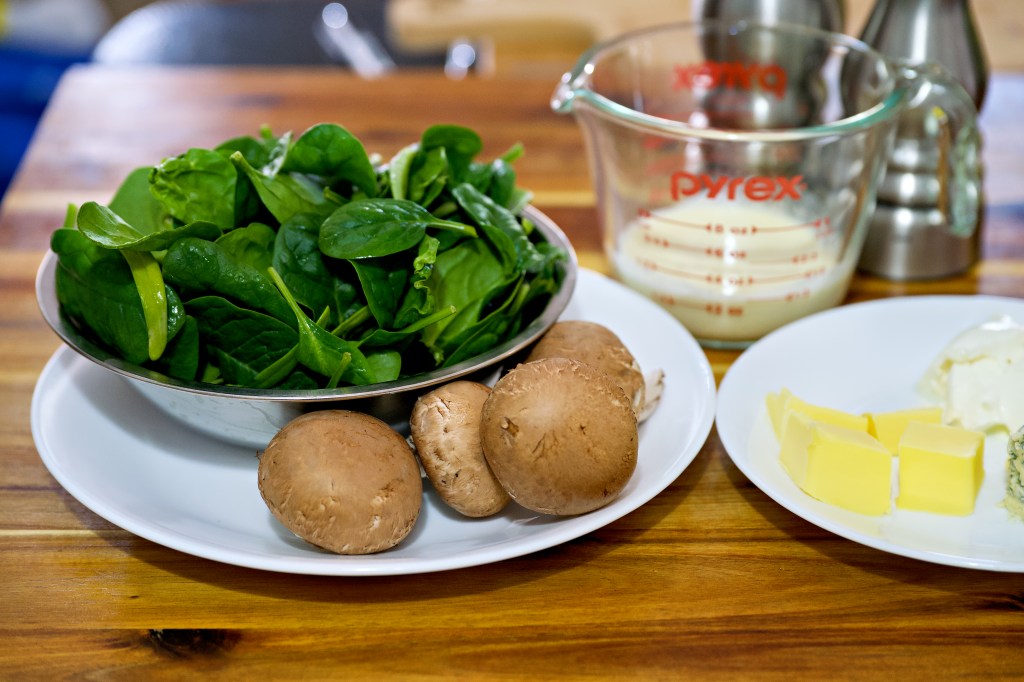

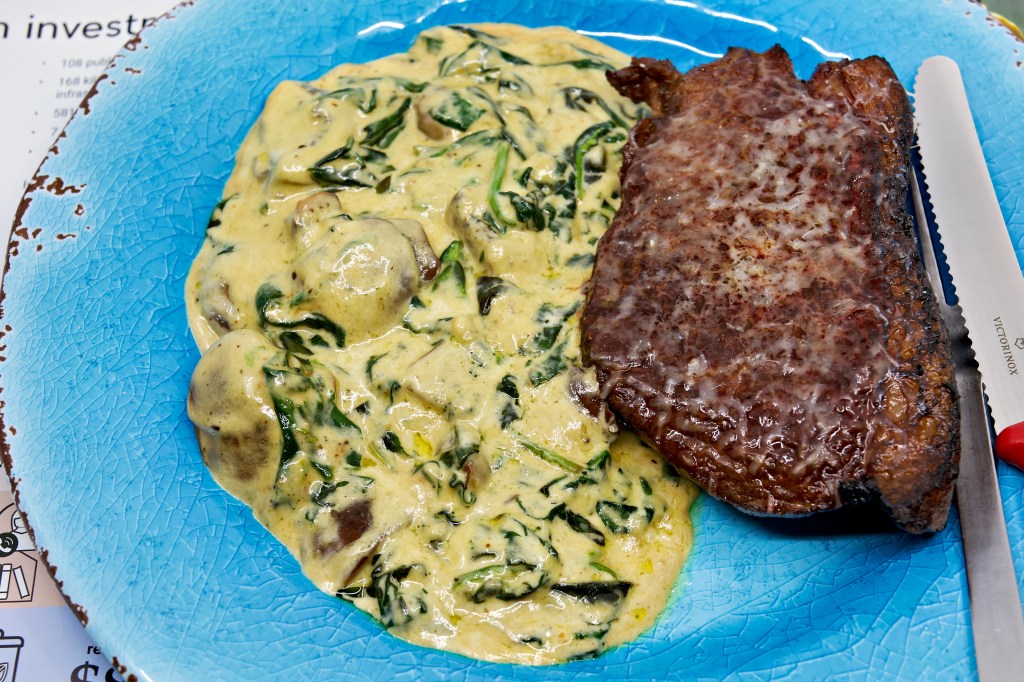
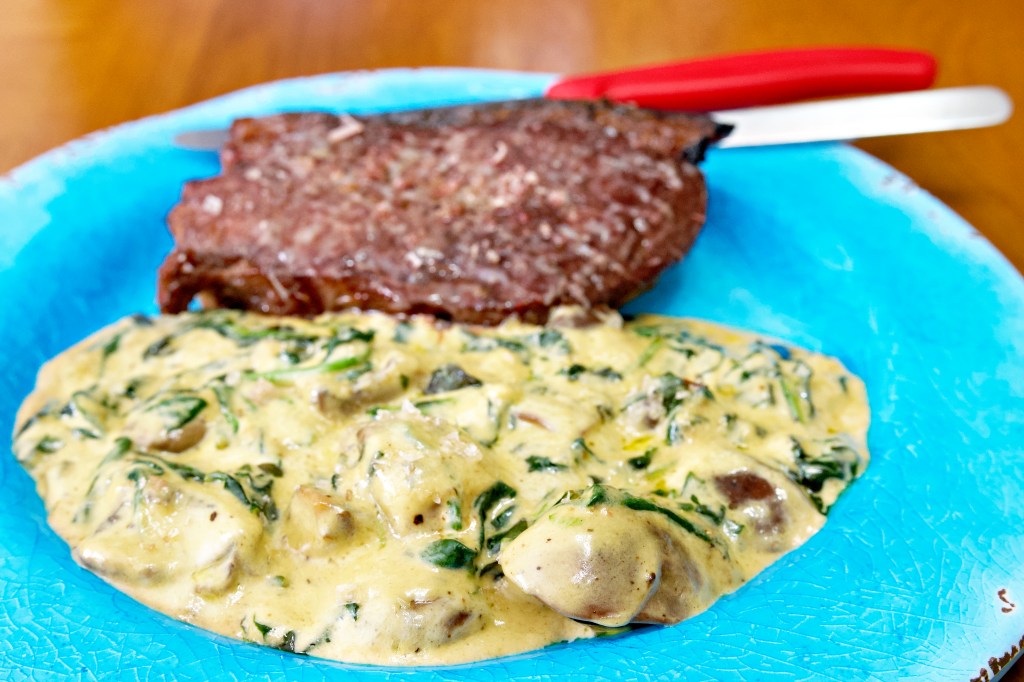
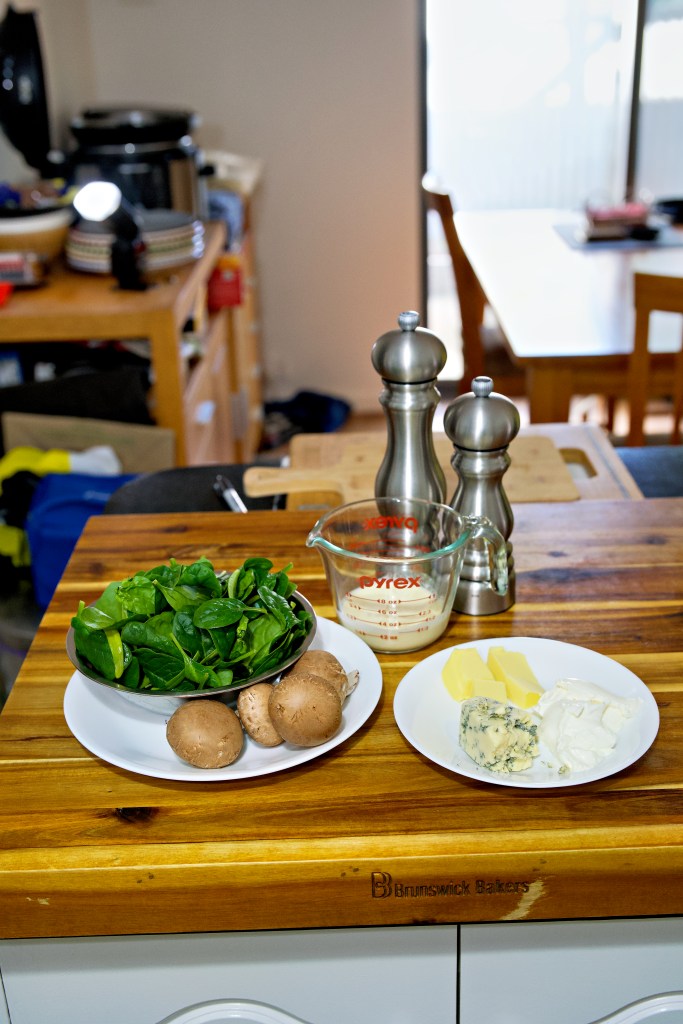



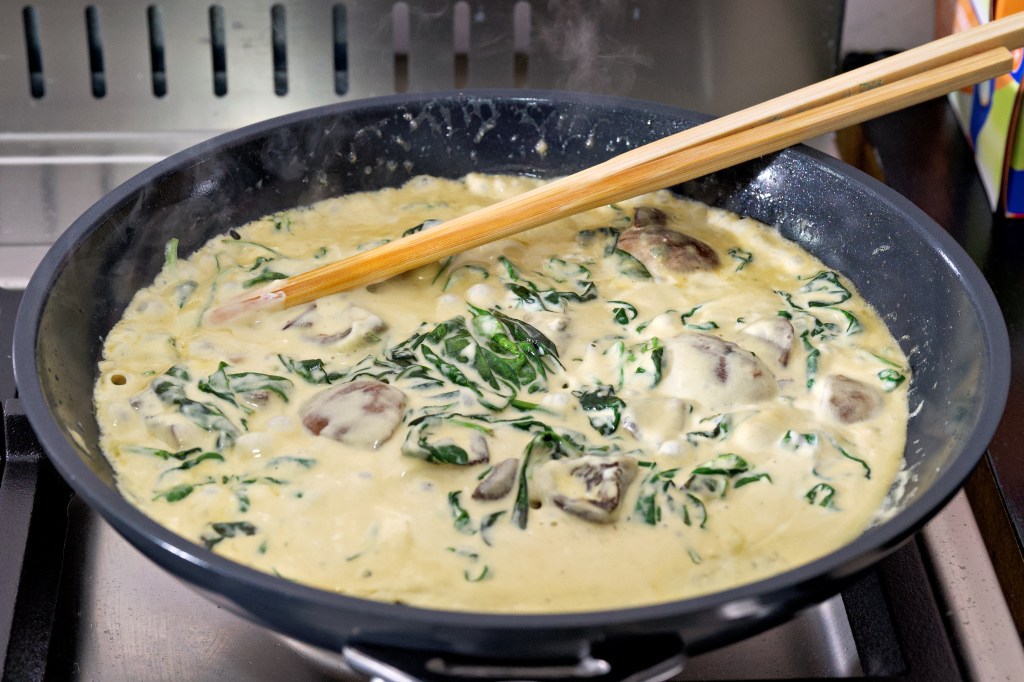
Thoughts on the meal
- Sometimes, I enjoy eating spinach leaves. I used to have steamed spinach leaves every morning with some cheese and a steamed egg. Later, I read about some issues related to eating too much spinach.
- I had the creamed spinach as a side dish with a rump cap steak. The steak and creamed spinach go well together.
- I enjoyed the meal. It was delicious.
Questions
- Do you dream a lot?
- Do you remember your dreams?
- How do you feel about daylight saving time?
- Do you enjoy eating spinach leaves?
Morning photographs
ISO 280, focal length 24 mm, shutter speed 1/250th second, and aperture f8.






